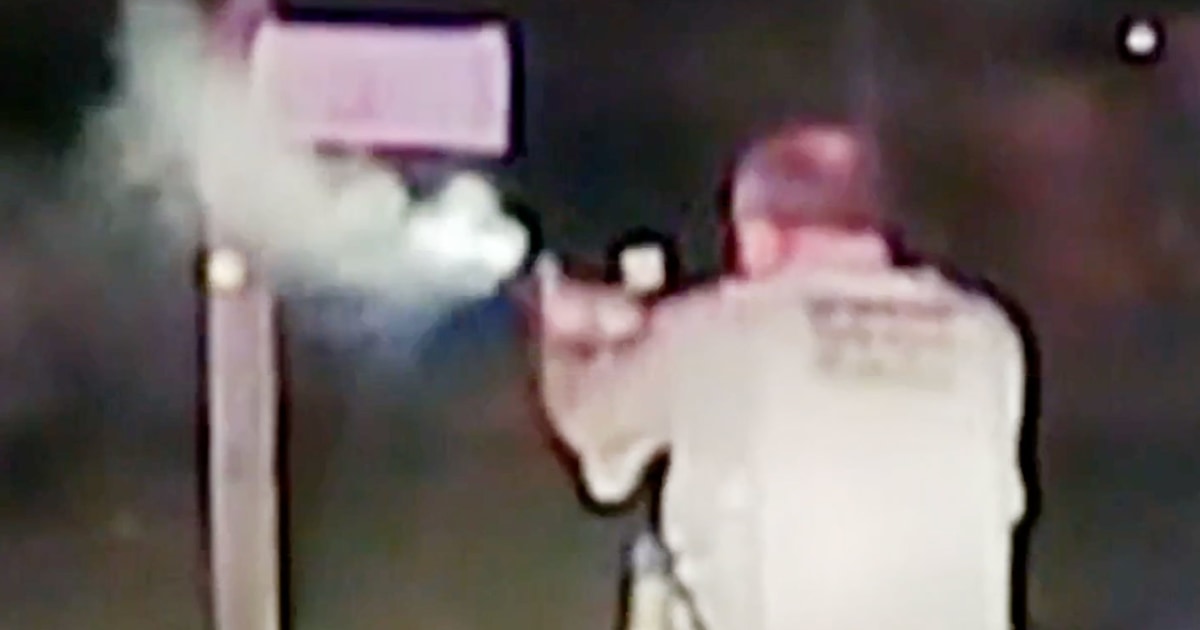In the following days and weeks, Randall’s mother searched for answers in vain, calling the Texas Rangers and the Rusk County district attorney’s office. She had no idea how her son wound up dead after a police traffic stop. “No one was telling us anything,” said Tippitt, who was born and raised in Rusk County and now cleans houses for a living.
Her first shock came two months after the shooting when a grand jury returned a no bill in the case, meaning it chose not to indict Iversen for killing an unarmed man.
The second came last summer when Iversen’s lawyers turned over the dashcam video after she filed a federal lawsuit. Nearly two years after the shooting, she finally got to see, in brutal detail, what happened in the moments before her youngest son was killed.
“The only person that was attacking anybody was Sgt. Iversen attacking my son,” Tippitt said.
Iversen quietly retired after the shooting and fought in court to keep the video from being made public. Its release sparked a backlash in rural Rusk County. It also set Randall’s mother on a crusade to get justice for his killing.
But whether that will happen — and what it would even look like — remains to be seen.
Archived at https://archive.is/CNGGK



So not only did he shoot an unarmed man who posed no threat whatsoever, but it wasn’t even a legal traffic stop in the first place. No wonder he didn’t want the footage released.
he wanted an excuse to shoot.
We need to get beyond traffic stops for the most part. Gather the evidence (video, personal log, eye witness accounts) and then mail someone their ticket.
That’s usually how it works here in the UK. It’s mostly cameras and the whole process is automated. But then we maybe don’t have as many police per capita.
And your police aren’t armed
How do they twirl their clubs? Do they have special shoes to allow their toes to grab things? And where do they find all these armless people? Sorry
Don’t apologize, it’s a sign of weakness.
But then, who would abuse their power?
I both love and hate how this can be read two completely different ways